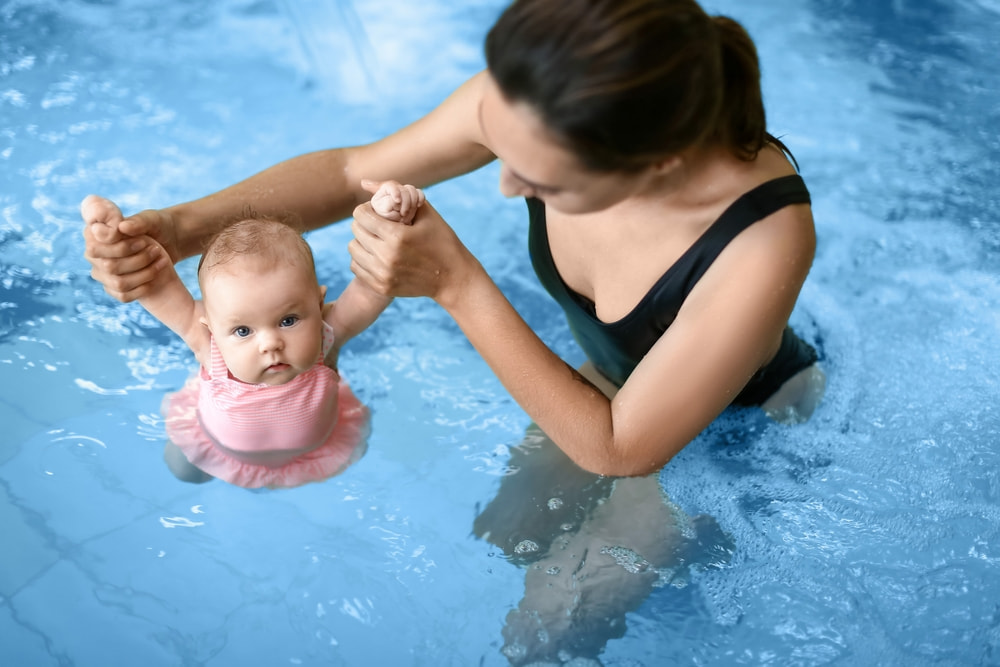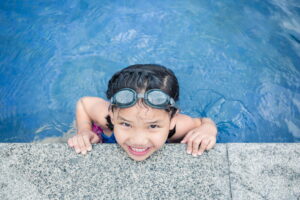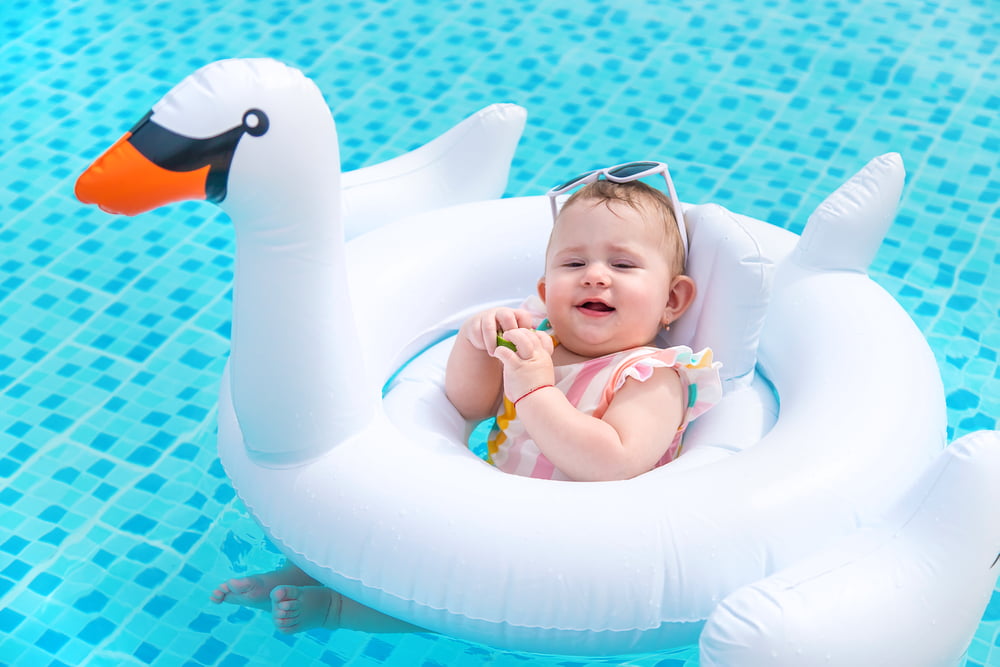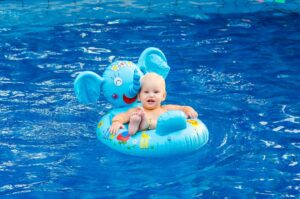5 Swimming Skills Every Child Should Know

Learning how to swim is one of the most important skills your child should learn. It’ll help your child fight off the fear of water and ensure their safety. Even if your child isn’t interested in learning swimming in depth, they should, at the very least, know the basics.
Water safety is essential and can save your child’s life one day. It’s the primary reason why your little one should start practicing water skills from an early age. Because of this, many parents in San Diego and the vicinity look for reliable and professional private swim lessons for their kids. To know what to expect from them and what swimming skills you should focus on first, keep reading.
What swimming skills should a child learn first?
Whether your children are avid swimmers, have an aquaphobia, or simply don’t like the concept of water activities, for the sake of their safety, they should learn the following skills:
1. Breathing
This is a skill they should learn before any other. Knowing how to control and hold their breath underwater will ensure your child can enjoy water activities and learn to swim more easily. Teach your children to exhale with both their nose and mouth. Then, when they lift their head to the side, they should breathe in before submerging their head underwater again.
2. Floating
They should learn how to float to take a rest when they feel like they can’t keep going. It will also help your child overcome the fear of water and drowning because they’ll always have this alternative. This skill will help them keep their body on the surface of the water, keeping them in a horizontal position. Pay attention to choosing suitable floating devices for your little ones.
3. Well-coordinated body movements
When introducing your child to aquatic skills, they should learn the importance of moving their body in a synchronized manner. Every part of your child’s body should be well-coordinated for them to cut through the water. They should focus on their lower back, abdomen, and hips while making sure their hands move first.
4. Kicking
To learn more about staying above the water, your child should learn to kick. This will help them stay above the surface, and eventually, help them to move their hands simultaneously. This can be their first step toward moving through water easily. You or the instructor can use a small flotation device as a kickboard.
5. Getting in and out of the water
Although getting in and out of the pool without hassle for you is a natural movement, make sure your child learns to do it as well. Knowing how to do this properly will ensure your child doesn’t get hurt while exiting or entering the water, especially in a swimming pool. Teach them how to sit and slowly enter the water, and then assist and show them how to exit safely.
Where in San Diego and the region can I find trustworthy experts for private swim lessons?
If you’re aware of all the benefits of swimming for your toddler or older child and need professional help in teaching them, The Plunge is your swimming pool of choice. We boast years of experience, well-versed experts, and programs that suit both parents and children. You and your little ones can choose between group and private lessons for an affordable price.
Apart from being well-equipped for adults’ and kids’ water activities, our facility offers booking for birthday parties, production, filming, and corporate and private events. If you live near Kellogg Park or in the surrounding areas, feel free to contact us and schedule a lesson!


